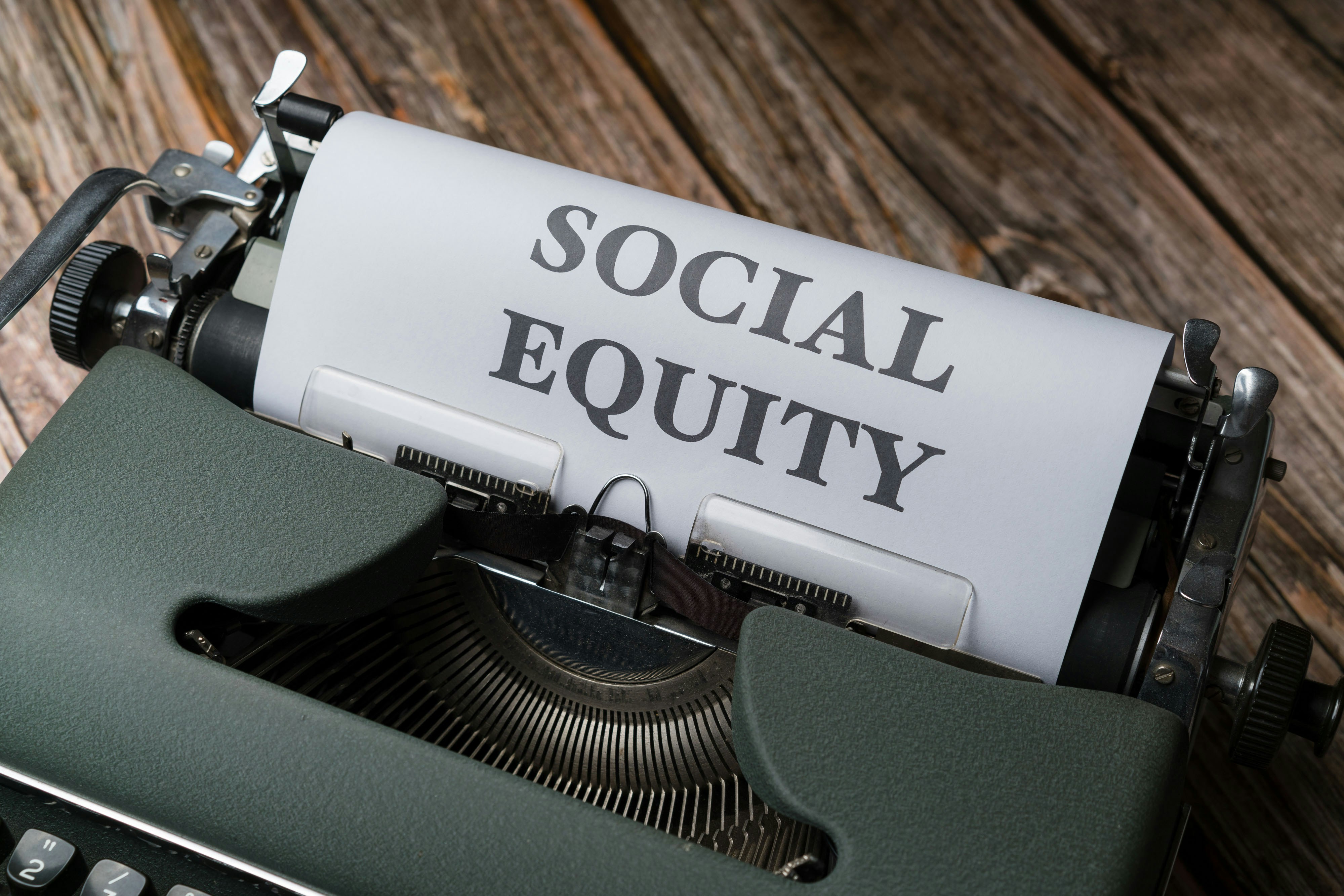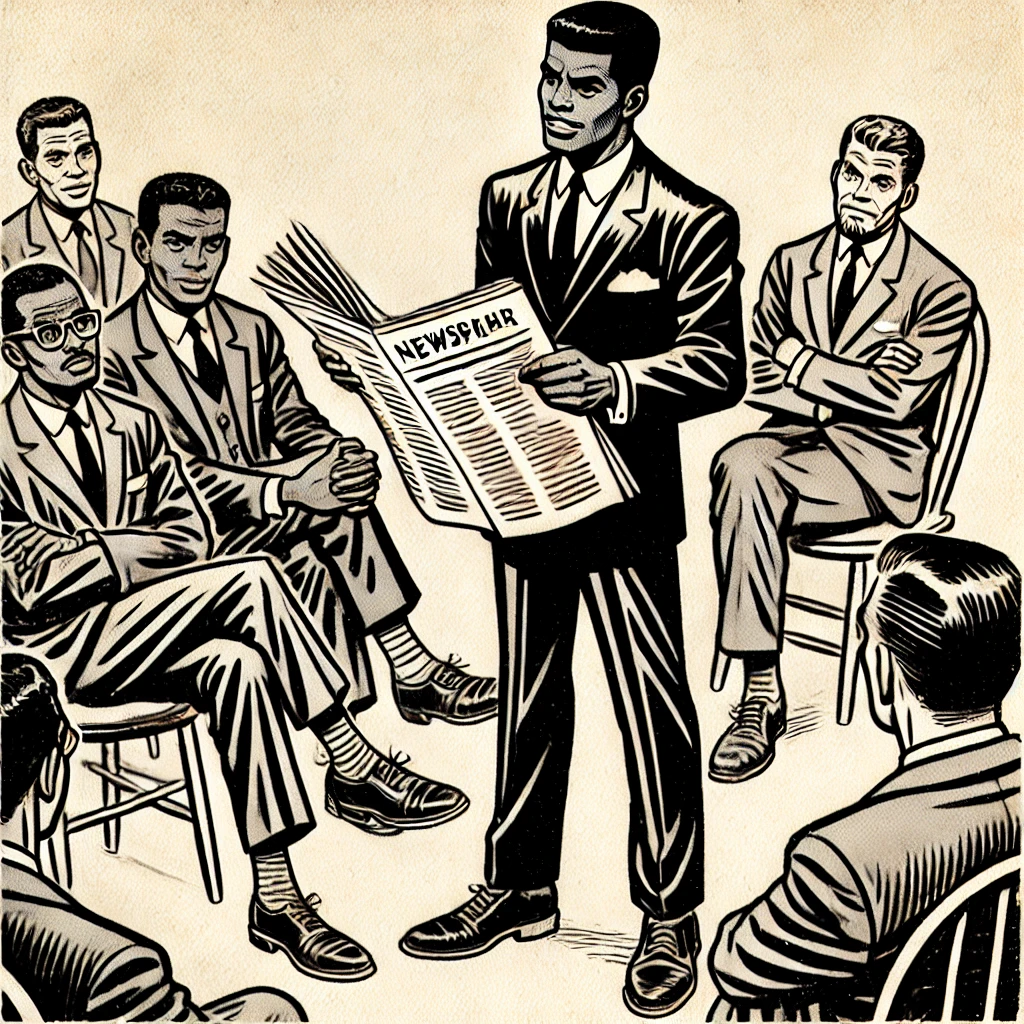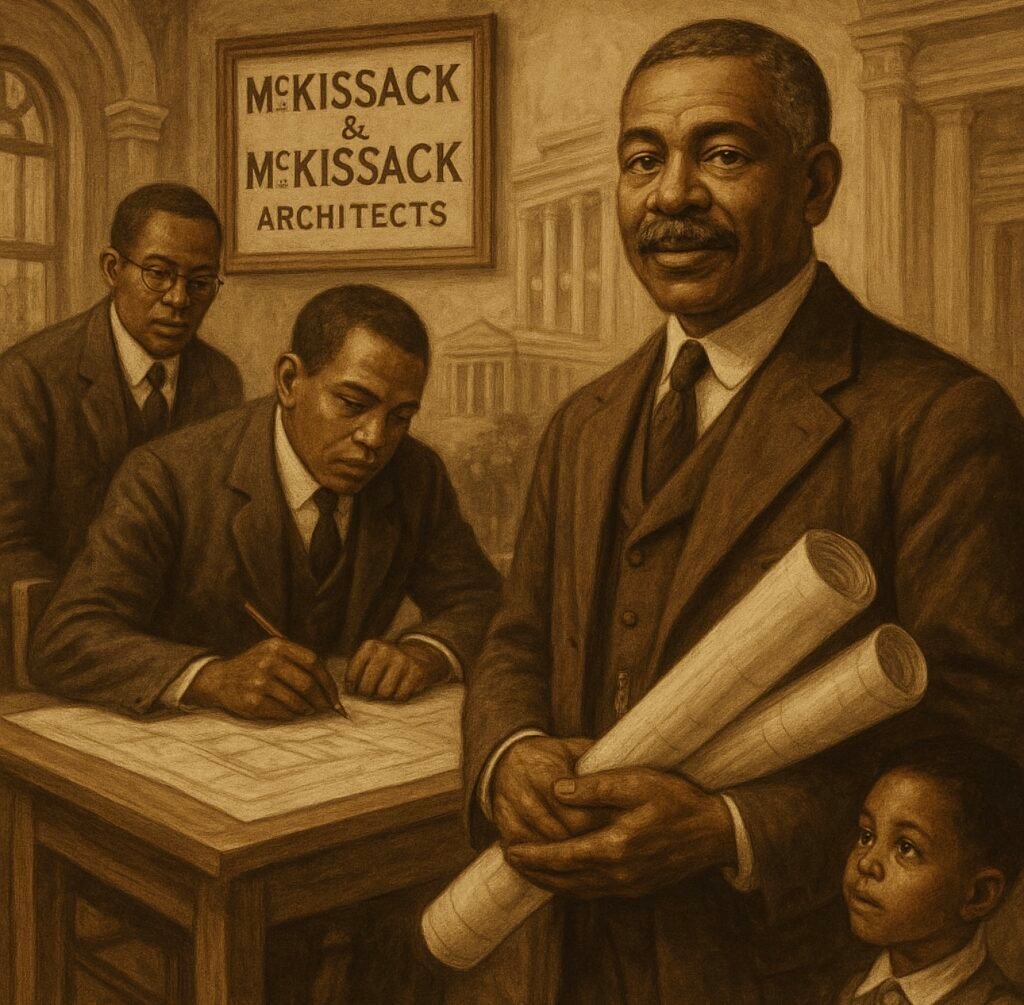Introduction
The issue of reparations for Black Americans has gained significant attention in recent years, prompting widespread discussions about historical injustices and their lasting impacts on the Black community. The concept of reparations encompasses various forms of compensation, including financial payments, land restitution, and systemic reforms that address the inequities stemming from slavery, segregation, and ongoing discrimination. This discourse is rooted in the historical context of the United States, where policies and practices have systematically marginalized Black individuals, contributing to a wealth gap and social disparities that persist today.
To fully comprehend what the U.S. government owes Black Americans, it is essential to explore the legacy of slavery, the subsequent Jim Crow laws, and the ongoing challenges of racial discrimination. Many advocates argue that these historical injustices constituted a moral and economic debt that has yet to be acknowledged or repaid. The ongoing debates surrounding reparations are multifaceted, encompassing legal, economic, and ethical dimensions. As various states and municipalities begin to engage in discussions regarding reparations, the conversation has further illuminated the need for a comprehensive approach that addresses the needs of the Black community.
Public discussions around reparations often highlight the role of historical trauma and its effects on current generations. This has sparked increased interest in policy proposals aimed at promoting equity and justice. Advocates point to successful reparative measures in other countries as potential models for the U.S., suggesting the necessity of establishing frameworks that can effectively address the debts and commitments owed to Black Americans. As the dialogue evolves, it remains imperative to recognize the complexities entailed in discussions of reparations, paving the way for an informed exploration of how the U.S. government can begin to rectify historical wrongs and contribute to a more equitable society.
Historical Context of Slavery
Slavery in the United States began in the early 17th century, with the arrival of the first enslaved Africans in Virginia in 1619. Over the next two centuries, the practice of slavery matured into a legalized institution that was deeply embedded in the American economy and societal structure. The enslavement of Black Americans was not merely an individual hardship; it became a systemic practice that facilitated the economic growth of the nation, particularly in the agrarian South. Cotton, sugar, and tobacco became staple crops, heavily reliant on the forced labor of enslaved individuals, shaping wealth accumulation for landowners and fueling the broader economy.
The social ramifications of slavery were profound. It created a rigid racial hierarchy that dehumanized Black individuals and categorized them as property rather than people. This dehumanization fostered a legacy of discrimination and systemic inequality, which persists today. Legal frameworks, such as the Fugitive Slave Act and the Dred Scott decision, reinforced the idea that Black Americans were entitled to fewer rights than their white counterparts, perpetuating cycles of oppression and exclusion.
Psychologically, the impacts of slavery have left enduring scars on Black Americans. The trauma associated with enslavement, violence, and systemic racism continues to affect mental health and community dynamics. Descendants of enslaved individuals are often confronted with the lingering effects of societal disenfranchisement, including barriers to education, employment, and health. Furthermore, the cultural resilience developed in the face of such adversity has also fortified a sense of identity and community among Black Americans.
Understanding the historical context of slavery is vital to addressing the socio-economic disparities that continue to affect Black Americans today. The legacy of this institution is not merely a chapter of history but a foundational element that informs ongoing struggles for justice and equity in contemporary society.
Jim Crow Laws and Racial Segregation
The implementation of Jim Crow laws in the late 19th and early 20th centuries marked a definitive shift in the legal landscape of the United States, where systemic racism became firmly entrenched in societal norms. These laws, named after a blackface character, were established in the Southern states after the Reconstruction era, aiming to enforce racial segregation and disenfranchise Black Americans. They supported a framework of racial discrimination by mandating separate facilities in public spaces, including schools, restaurants, and transportation systems. The slogan “separate but equal” was adopted, but in reality, the facilities provided to Black Americans were invariably inferior.
The negative consequences of these laws extended far beyond physical separation. The disenfranchisement of Black voters was rampant, as literacy tests, poll taxes, and other restrictive measures were used to suppress their electoral participation. This disenfranchisement allowed white supremacist groups to exert undue influence over political processes and maintain the status quo, perpetuating the cycle of inequality. As a result, African American voices were largely silenced, and their access to political power was severely limited.
Moreover, Jim Crow laws contributed significantly to economic disparity, solidifying a system in which Black Americans faced limited employment opportunities and wage inequities. With educational institutions designed to fail them, many Black individuals found it nearly impossible to rise economically, thereby entrenching poverty in many African American communities. The long-lasting effects of racial segregation have left a legacy that persists today, contributing to ongoing issues regarding equality and justice in the United States.
As we reflect on the Jim Crow era, it is crucial to recognize the systemic barriers that were constructed and how they have affected generations of Black Americans. The societal structures established during this time laid the groundwork for many of the racial inequalities that continue to plague the country today.
Economic Disparities and Wealth Gaps
Economic inequalities have profoundly affected Black Americans, leading to significant wealth gaps that have persisted through generations. Historically, discriminatory practices such as redlining have systematically barred Black families from acquiring property and building intergenerational wealth. Redlining, which involved the denial of mortgage loans and insurance to residents in predominantly Black neighborhoods, reinforced segregation and financial disenfranchisement. This practice not only eroded property values but also stifled access to essential services and quality education, ultimately impacting economic opportunity.
Moreover, job discrimination has played a pivotal role in limiting the professional advancement of Black Americans. Despite legislative progress, including the Civil Rights Act, systemic biases continue to permeate hiring practices, wage equity, and promotional paths. Data reflects that Black workers face higher unemployment rates and lower incomes than their white counterparts, exacerbating the wealth divide. This disparity is not merely a reflection of individual capabilities but is deeply rooted in historical injustices and institutional barriers that hinder economic mobility.
The educational inequities faced by Black Americans further contribute to ongoing wealth disparities. Access to quality education is often tied to neighborhood demographics, perpetuating a cycle where Black children disproportionately attend underfunded schools. This lack of educational resources diminishes their ability to secure higher-paying jobs in the future, thus perpetuating the cycle of poverty. Furthermore, the student debt burden has a disparate impact on Black graduates, limiting their ability to invest in homes or save for retirement.
Addressing these economic disparities requires a comprehensive approach to rectify the historical injustices that have led to the current wealth gaps. Ensuring equitable access to housing, employment, and education are fundamental steps toward fostering economic mobility and closing the divide that exists today.
Educational Inequalities
The education system in the United States has long been marked by significant disparities, particularly concerning Black Americans. Historically, the educational infrastructure available to Black communities was sorely lacking and underfunded, stemming from a legacy of slavery, segregation, and discriminatory practices. Schools that predominantly served Black students were often deprived of adequate resources, ranging from facilities to qualified teachers. This inequity created a foundation for continued educational disadvantages over generations, perpetuating cycles of poverty and limited opportunity.
In more recent years, despite legislative efforts such as Brown v. Board of Education in 1954 aimed at ending segregation in public schools, deep-rooted issues remain. Many predominantly Black schools continue to experience funding inequalities, primarily due to the reliance on local property taxes for financing education. As a result, schools in affluent, predominantly white neighborhoods often enjoy significantly greater financial support than those in predominantly Black communities, leading to a disparity in educational quality and access to advanced coursework, extracurricular activities, and essential technology.
Systemic barriers also contribute to these educational inequalities. Factors such as socio-economic status, neighborhood segregation, and inadequate access to early childhood education programs hinder the academic success of Black Americans. Furthermore, disciplinary practices within schools disproportionately impact Black students, leading to higher suspension and expulsion rates, ultimately pushing these students out of the educational system instead of supporting their academic growth.
Addressing these disparities is not merely a matter of providing equal access to educational resources. It requires a comprehensive approach to reform that acknowledges the historical context of educational inequities and actively seeks to dismantle the systemic barriers perpetuating such inequalities in the present day. Ensuring that Black Americans receive equitable educational opportunities remains a crucial obligation of the U.S. government to rectify historical injustices and pave the way for a more just society.
Health Disparities and Access to Care
Health disparities among Black Americans are a pressing concern that warrants immediate attention and action from the U.S. government. Statistical data reveal that Black Americans are disproportionately affected by a range of chronic health conditions, including hypertension, diabetes, and heart disease. These elevated rates of disease are often compounded by barriers to accessing quality healthcare services. Various studies have indicated that factors such as insurance status, availability of healthcare facilities, and overall socioeconomic conditions significantly influence health outcomes in this demographic.
One critical aspect that contributes to these disparities is the socioeconomic status of many Black Americans. Often linked to historical injustices and systemic racism, socioeconomic disadvantages include limited access to education, employment opportunities, and resources that enable individuals to lead healthier lives. For instance, neighborhoods with high populations of Black residents may face a scarcity of healthcare providers and amenities, which further exacerbates health issues. As a result, the ability to receive timely and effective medical care is severely compromised.
The systemic issues that perpetuate these health inequities demand a comprehensive response from the U.S. government. Recognizing the extent of these disparities is the first step toward meaningful change. Initiatives that promote equitable access to healthcare, such as expanding Medicaid in underserved areas, enhancing public health funding, and addressing institutional biases in healthcare settings, are critical in ensuring improved health outcomes for Black Americans.
The government’s responsibilities extend beyond mere acknowledgment of these issues; it must actively implement policies that dismantle barriers to health equity. By addressing the intersecting factors of race, class, and access, the U.S. government can fulfill its obligation to support the health and well-being of Black Americans, ultimately working toward a more just healthcare system.
Criminal Justice System Inequities
The criminal justice system in the United States has long been characterized by profound inequities that disproportionately affect Black Americans. Data indicates that Black individuals are more likely to experience excessive police violence, leading to serious concerns about systemic racism embedded within law enforcement practices. High-profile incidents of police brutality have drawn national attention to these issues, highlighting the urgent need for reform and accountability within the system.
Moreover, sentencing disparities represent a significant component of the injustices faced by Black Americans. Research consistently shows that, when comparing similar types of crimes, Black individuals often receive harsher sentences than their white counterparts. This discrepancy not only reflects biases within the legal framework but also perpetuates a cycle of disadvantage that marginalized communities cannot escape. The implications are far-reaching, as these sentencing disparities contribute to the alarming rates of mass incarceration among Black Americans.
Mass incarceration itself poses a critical challenge, with millions of Black individuals entangled in a system that seems to target them disproportionately. Statistics suggest that Black Americans are incarcerated at rates far exceeding those of other ethnic groups, often for non-violent offenses. This trend raises questions about the priorities of the criminal justice system and whether rehabilitation is genuinely considered, rather than punitive measures aimed at punishment. Thus, the criminal justice system’s inequities underscore systemic failures that demand urgent attention and reform.
In addressing these issues, it is essential to push for comprehensive changes that focus on accountability, equitable sentencing practices, and community-oriented approaches to policing. Enhancing community relations can build trust between law enforcement and the communities they serve, contributing to a more just system overall. Only through acknowledging and addressing these deep-rooted inequalities can real progress be made to enrich the lives of Black Americans and ensure their rights are upheld within the justice system.
Cultural Acknowledgment and Institutional Change
The contributions of Black Americans to the fabric of American society are extensive and profound, influencing various cultural domains such as music, literature, art, and politics. Despite these significant contributions, systemic inequities and historical neglect persist. A cultural acknowledgment of these contributions is pivotal not only for recognizing the value and impact of Black heritage but also for fostering healing within communities that have been marginalized for generations. This acknowledgment should extend beyond mere recognition to tangible institutional change that addresses the longstanding inequities faced by Black Americans.
Governments and institutions must actively participate in reforming systems that have historically excluded or minimized Black voices. This involves reassessing cultural policies, arts funding, educational curricula, and community engagement initiatives. By integrating Black history and cultural contributions into mainstream narratives and institutional frameworks, society can cultivate a greater understanding of the systemic issues that have contributed to contemporary inequities. Moreover, educational systems should prioritize a curriculum that fully encompasses the diverse narratives and achievements of Black Americans, rather than presenting a one-dimensional view of history.
Institutional change should also involve the implementation of policies aimed at rectifying historical injustices, such as reparations or targeted economic investments in Black communities. Programs that increase representation in government and leadership roles can further enhance the dialogue surrounding equity and justice. Recognizing the importance of cultural contributions and enacting meaningful change is crucial for moving toward true equity in society. Ultimately, a comprehensive approach to cultural acknowledgment and institutional reform will be a significant step in addressing the historical grievances faced by Black Americans and fostering a more inclusive future for all. In conclusion, cultural acknowledgment paired with institutional change can pave the way for more equitable and just societal structures.
The Case for Reparations
The conversation surrounding reparations for Black Americans has gained significant traction in recent years, driven by a growing recognition of the enduring impacts of slavery, segregation, and systemic racism in the United States. Advocates argue that reparations are not just a matter of financial compensation but also a moral imperative aimed at acknowledging and rectifying historical injustices. The moral dimension of the reparations debate rests on the understanding that the United States has a responsibility to confront its past, particularly the legacy of slavery, which has contributed to entrenched inequalities that persist today.
From an economic perspective, proponents of reparations contend that financial compensation or investment in communities historically marginalized can help address the wealth gap between Black Americans and their white counterparts. Various proposals have emerged, including direct payments, tax rebates, investment in education and housing, and the establishment of trust funds aimed at supporting Black families. The structured approach to reparations can take different forms, with some advocates suggesting localized approaches that address specific community needs, while others push for widescale national initiatives.
Moreover, existing movements have laid the groundwork for ongoing conversations about reparations. Organizations like the National African American Reparations Commission (NAARC) advocate for policy changes that recognize the historical injustices faced by Black Americans and propose actionable steps toward reparative justice. Developing public awareness and political support for reparations remains crucial, as it intertwines with broader discussions on equity, justice, and the role of government in healing past wounds.
Ultimately, the case for reparations encapsulates a complex interplay of historical accountability and economic restitution, positing that reparative measures could pave the way for a more equitable future. As the dialogue continues, it becomes evident that addressing these issues is vital for fostering reconciliation and building an inclusive society that honors its commitments to all citizens.












6 Responses
Everything was stolen and all we got was lies We never had no part in the history books at school Just nothing about our culture only slavery 😞😞😞 They didn’t tell us all about the Kings and Queens and how a black woman army was strong and at war fighting men and won Just a whole lot of things that wasn’t in the history books that should have been
I totally agree. We must do our part to keep the stories alive.
So wat we pose to do. You hear Dr. Umar call… Hati & Jamaca yu no wat they got in common?
Without the White peoples ( they run the world). We gotta have a very strong economic plan! Talk is cheap… Wat is your plan? Are you BUILDING SCHOOLS? Our teaching Amy TRADES? Skills?
Id never reveal my plan publicly. Transformation is happening right before your very eyes since the pandemic. I encourage FBA to buy black, get a passport, invest in stocks and crypto, learn A.I, get some land and do it quickly. The people who run this country truly don’t care about any of its citizens.
give back to the black people what the white man stole from else land freedom our rights our house
absolutely Queen